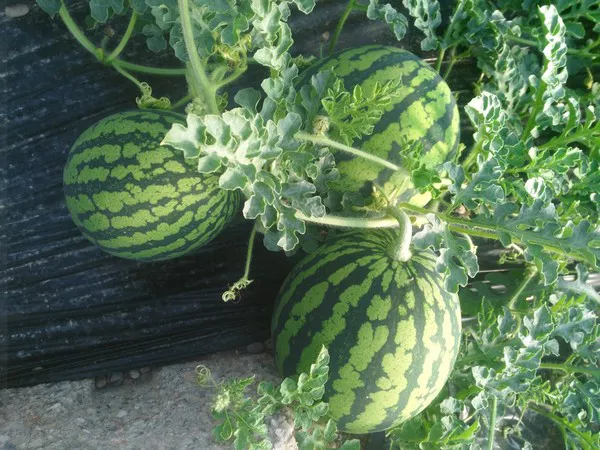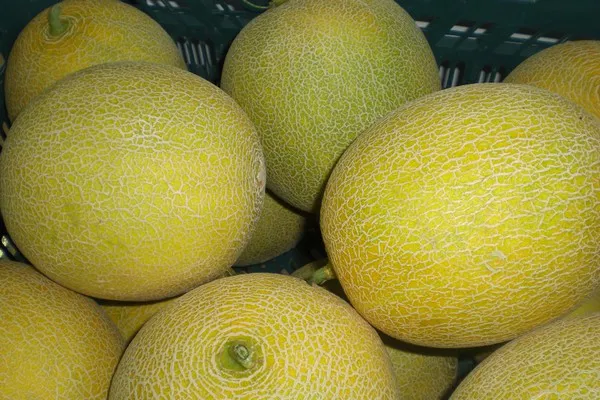"There's a lot of uncertainty regarding the next spring campaign in the province, mainly because producers currently plan to decrease the surface of melon and especially watermelon by 15 to 20%."
"According to ASAJA-Almería's first assessment, the decrease is mainly taking place in the West of Almeria. The area devoted to watermelons in Almeria and Nijar, in general, is expected to increase by 5-6% over the previous season, especially due to the insufficient price of tomatoes. In Nijar, the plantation of extra-early varieties has increased by 20%. The early varieties remain stable, and the area devoted to medium cycle varieties has decreased in a percentage similar to the increase experienced by the first transplants."

This initial drop in transplants in the province of Almeria could be explained by the maintenance of the plantations of autumn pepper, cucumber, eggplant, and zucchini crops, which have had a final stretch and a start to the year with above-average prices. "This could have motivated many farmers to postpone or even dispense with planting melons or watermelons, especially taking into account the bad experience they had last season in economic terms. In addition, removing a product that is faring well is just not worth it in the current circumstances," stated Adoración Blanque, the president of Asaja.
ASAJA highlights that the surface of the Galia and Cantaloup melons will decrease considerably, so the most cultivated types will be the piel de sapo and yellow melon varieties. "It's an unpredictable situation, as producers could decide to make some changes at the last minute. It all depends on how prices behave in the coming weeks. The price situation will be decisive for the planting of melons and watermelons. Producers still have time for seedling transplants. In addition, even though it's unusual, melon plantings can be done even directly on the farm, so changes could occur at the last minute."

It is also necessary to take into account the high production costs of this campaign, which are influencing the Almeria producers' decision to change crops.
We also expect a certain reduction in outdoor productions in Levante. In this case, mainly due to the lack of guaranteed water resources.”
For more information:
ASAJA-Almería
https://asajaalmeria.org
